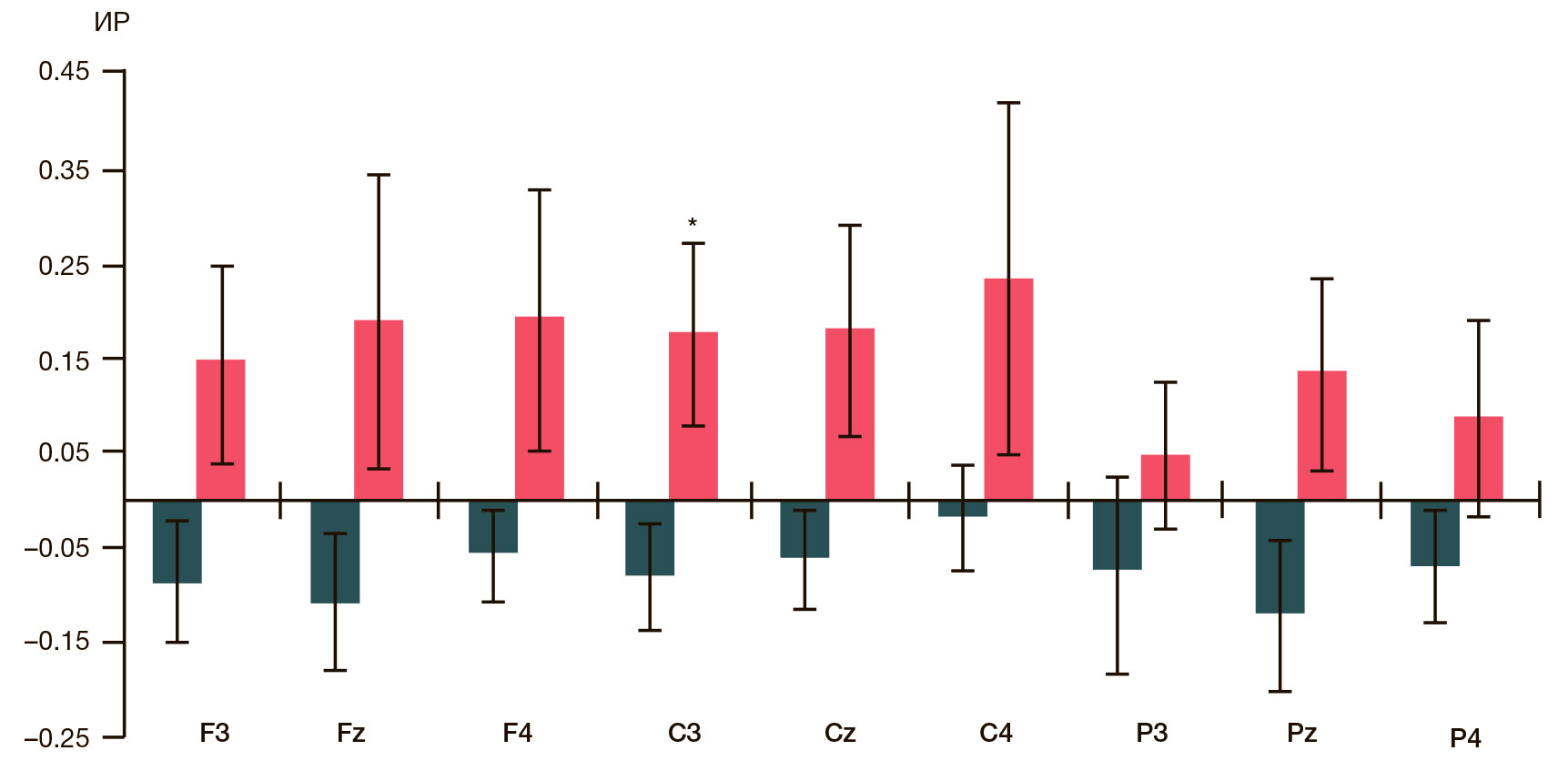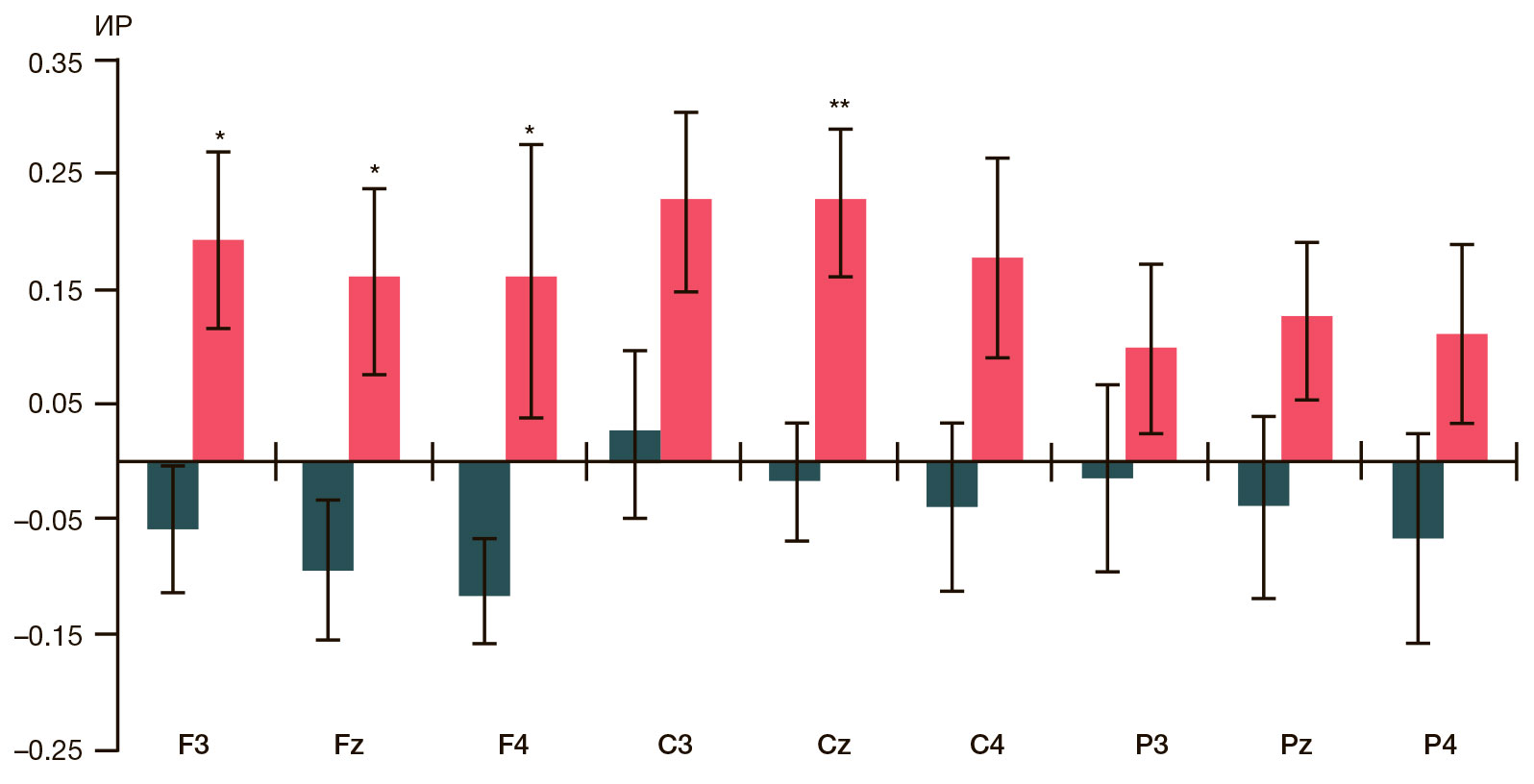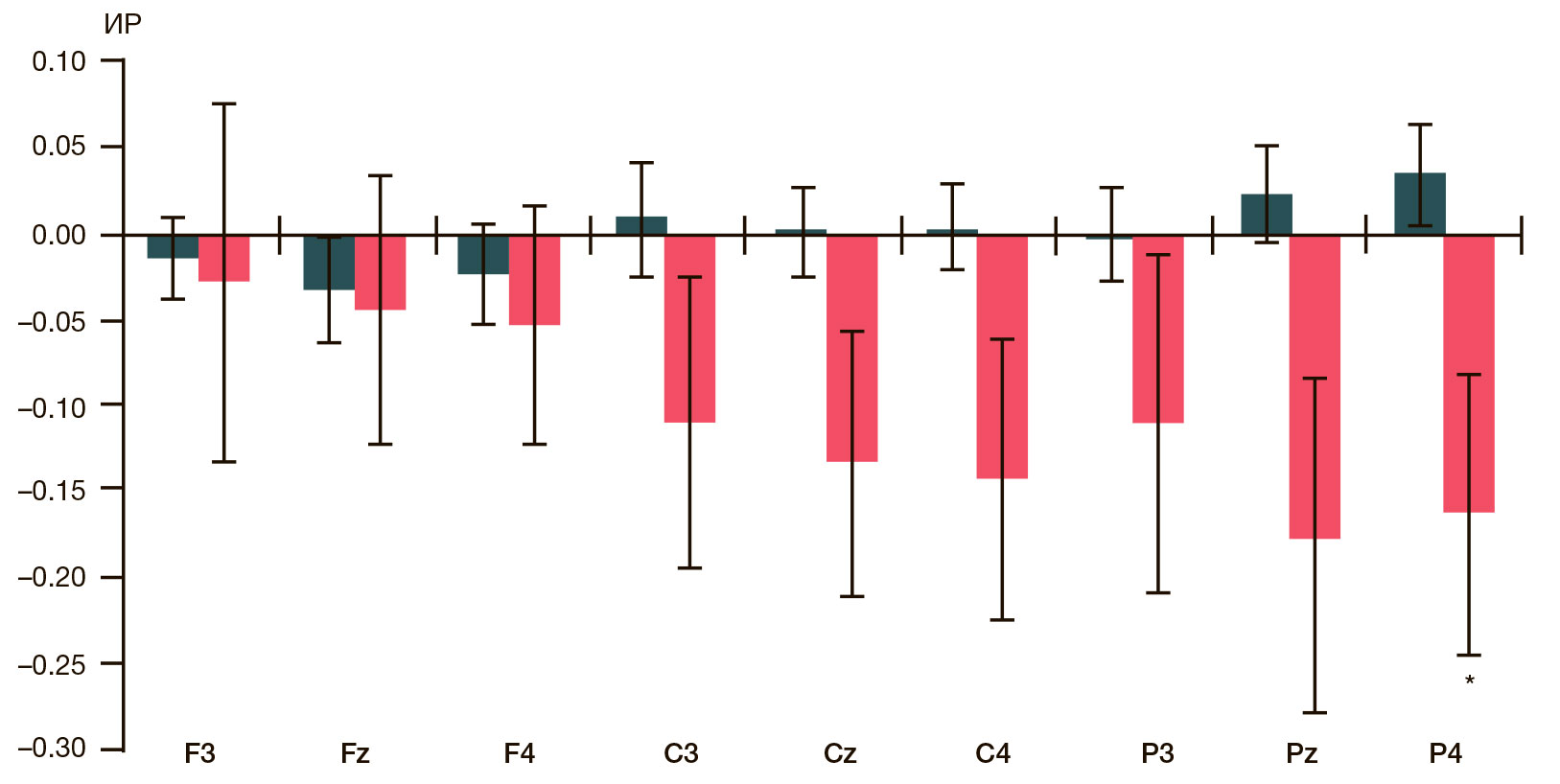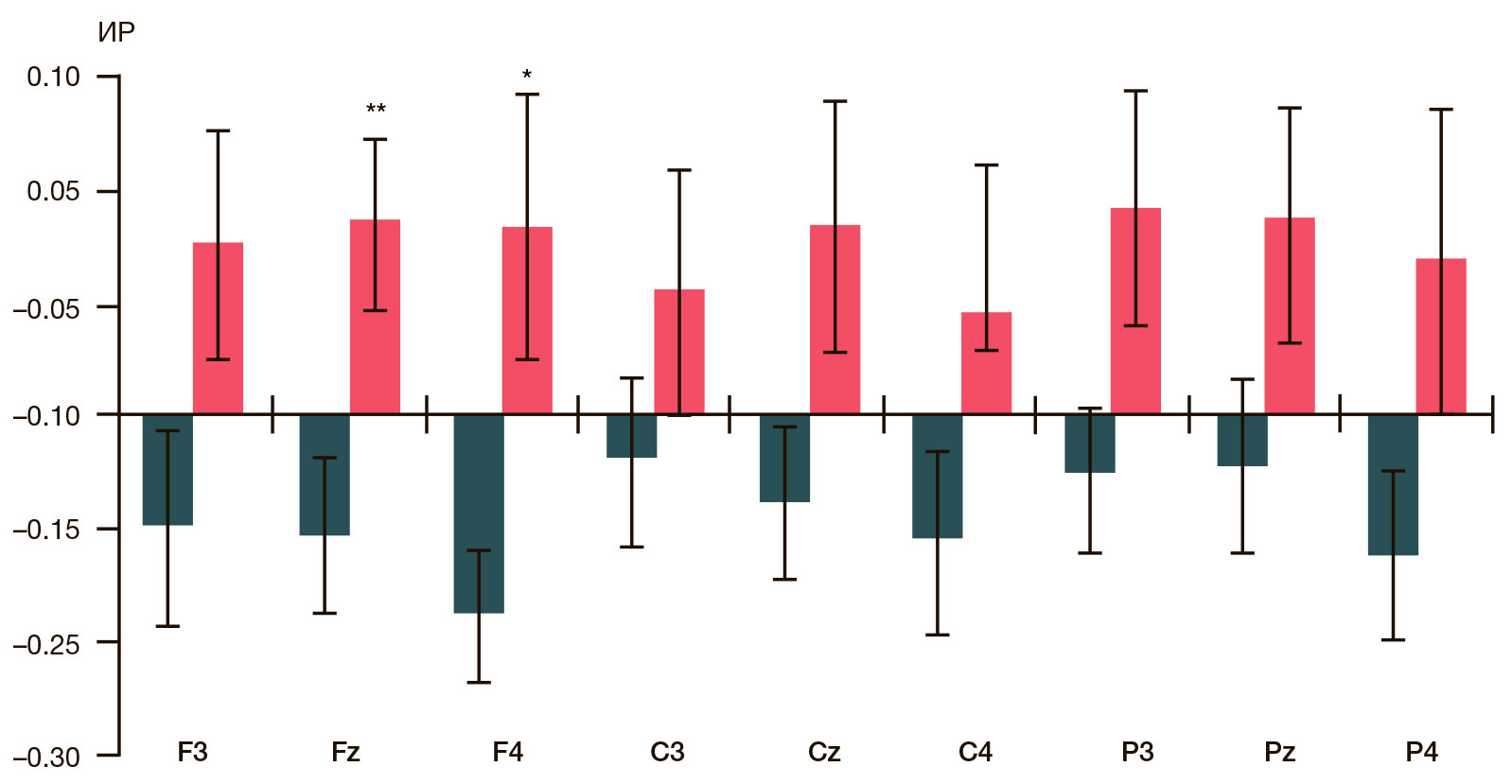
This article is an open access article distributed under the terms and conditions of the Creative Commons Attribution license (CC BY).
ORIGINAL RESEARCH
EEG sensorimotor rhythms in children with autism spectrum disorders
V.I. Vernadsky Crimean Federal University, Simferopol, Russia
Correspondence should be addressed: Anna I. Kaida
Angarskaya, 38, Simferopol, 295001; moc.liamg@annaadyak
Funding: the study received a grant #VG08/2020 supported by Vernadsky Crimean Federal University.
Compliance with ethical standards: the study was approved by the Vernandsky Crimean Federal University ethics committee (Minutes #6 of June 04, 2020). Parents of the children submitted the informed consent forms allowing their children to participate in the experiment.
Author contribution: Kaida AI — data collection and processing, article authoring; Eismont EV — research planning, data collection, article authoring; Mikhailova AA — data processing, article authoring; Pavlenko VB — research planning, article authoring.






